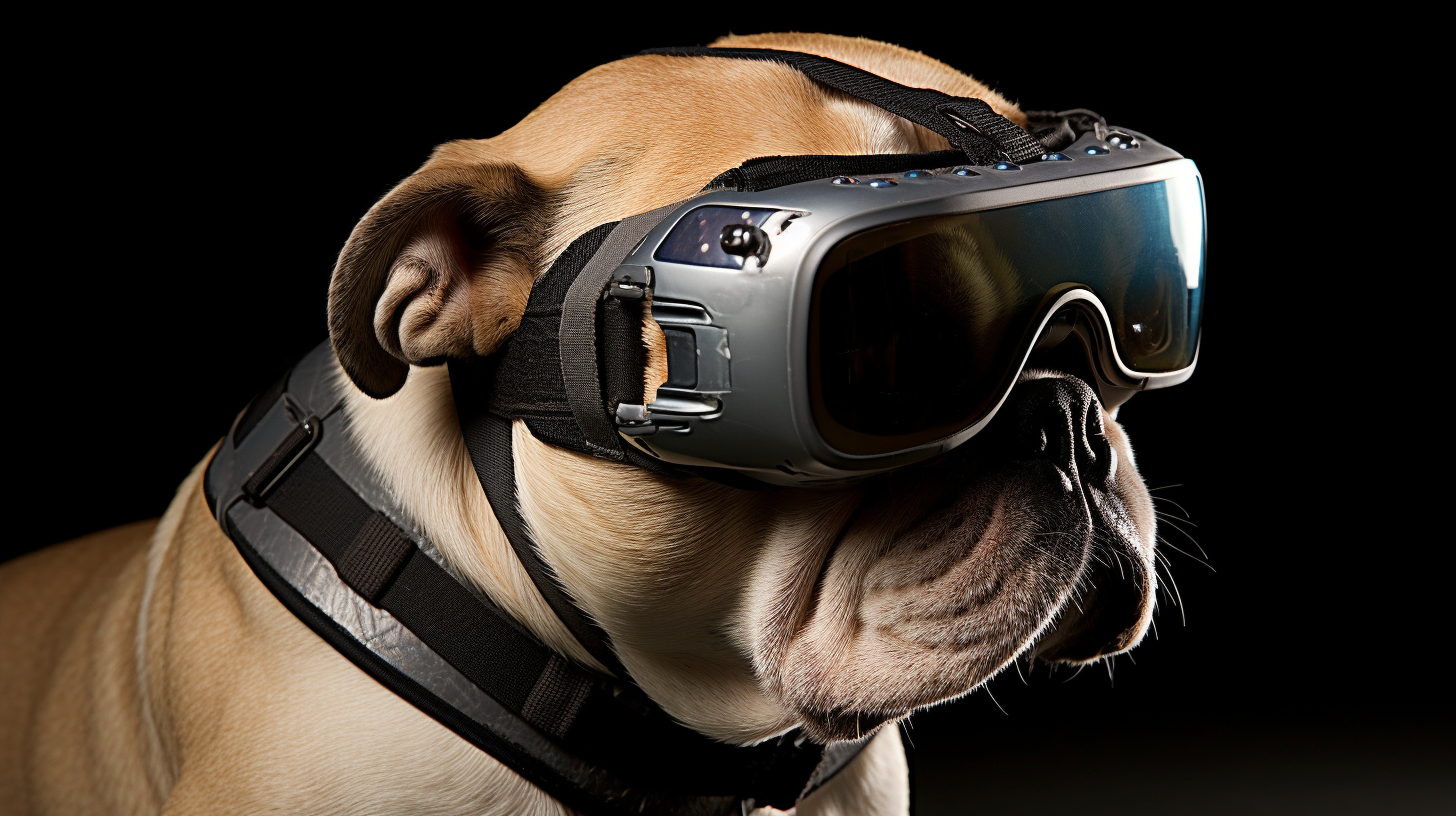In the bustling boulevards of the Canine Republic, the revolution of smart technology has unleashed an era of convenience and connectivity for our four-legged companions. From the latest fad in paw-friendly gadgets to the ceaseless chatter on YapApp, the canine community is abuzz with digital dialogue. However, beneath the surface of this sparkling silicon utopia, a pressing question gnaws at the roots of our society: Is smart tech causing a cultural divide among dogs?
Let us sniff around the issue with a keen nose for detail. Just yesterday, the ‘Puptelligent’ smart collar was seen making waves, quite literally, as dogs took to water sports with unprecedented enthusiasm. Yet, some paws pause—pondering the implications of such advancements. While the ‘Barklingo’ bridges communication between species, could it be erecting walls within our own? The potential for a ‘digital divide’ is real, and it’s not just a matter of having the latest gadgets or not. It’s about access, understanding, and the rapid pace of change that could leave some tails wagging in confusion.
Experts from the Howlvard School of Barkonomics are fetching data that suggests a growing disparity. The young pups, raised with touchscreens in their cribs, navigate these innovations with ease. Meanwhile, the older generation watches, bemused and befuddled, as traditional dogma is overshadowed by the allure of tech. What does this mean for the fabric of our pack society? Traditionally, elder dogs are revered for their wisdom, but how does that wisdom translate in an age where ‘Paw-ssistant’ can manage your doghouse better than any seasoned snout?
The impact isn’t limited to societal structures either. Consider the fashion industry, where haute couture has taken a turn for the high-tech, with smart leashes that light up with LED’s as a common accessory. The sports leagues, too, have felt the digital disturbance. The automated ‘Robo-Retriever’ transforms a game of fetch into a solitary activity, potentially reducing the time-honored bonding between canine and object. Yet, these innovations are met with a wagging tail by many, hinting at a division of preferences that spans beyond mere age.
Despite these challenges, the Calm and Composed Canines Coalition (CCCC) argues that technology can be a unifying force, grooming an era of equality for all breeds. They point to the accessibility features in devices such as ‘Barklingo’—a universal translator that has made interspecies meetings more inclusive. Advocates insist that rather than creating divides, smart tech could level the playing field—assuming it’s rolled out with consideration for all furry citizens.
Moreover, the mental health implications of this tech boom are not to be sniffed at. Some argue that the engagement with digital devices might be digging a hole in authentic, real-world interactions. ‘Are we trading face-to-face playtime for screen time?’ is a question posed by the concerned canines of the Growl Group.
In conclusion, it appears that for every step forward in smart technology, a paw must be pressed in caution. As the Canine Republic stands on the precipice of a new digital age, it is paramount that these advancements not only fetch convenience but also foster kinship within our diverse doggy demography. With a balanced approach and a sniff of sensibility, we can ensure that no pup is left behind—be they tech-savvy or traditionally-inclined.
As the debate rages on, the sharp whiff of a follow-up story seems inevitable. Whether it’s a tale of technology bringing together disparate doggy demographics or a woeful warning of increased canine cultural stratification, rest assured, there’s more to this story than meets the eye.
